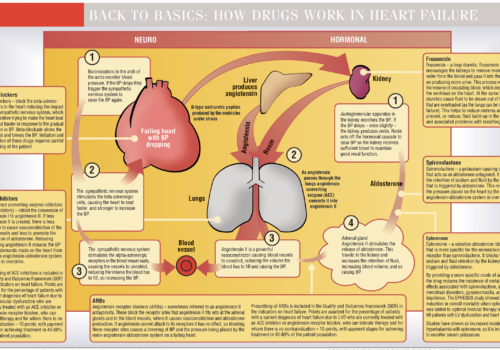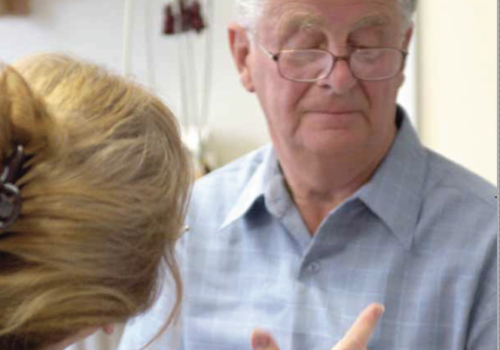The new NICE guideline enables us to individualise care bearing in mind the needs of the person in front of us. It is concerned with clinical efficacy, and – for once – the cost of care has not noticeably influenced its recommendations. In contrast, QOF does the exact opposite, demanding that we drive our patients’ HbA1c down to low levels whatever that person’s individual needs might be and regardless of the dangers.
NICE had an enormous task in developing the guideline for type 2 diabetes because of the complexity of the disease, the importance of global management of cardiovascular risk factors, and the introduction of more new drugs than we can shake a stick at. Having gone through a muddled phase of interim and incomplete guidelines, NICE has presented us with an authoritative version. Patient-centred care is given great emphasis, in terms of the involvement of the patient in decision-making and monitoring, the importance of other features of diabetes than just glucose control, and tailoring of management specifically to each individual.
























